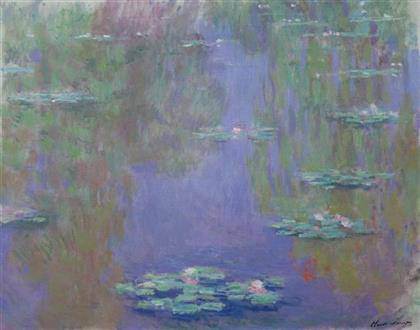
Claes Oldenburg
Floor Cake, 1962
Canvas filled with foam rubber and cardboard boxes,
painted with synthetic polymer and latex paint
1.48 x 2.9 x 1.48 m
Collection of The Museum of Modern Art, New York
Gift of Philip Johnson, 1975
©1962 Claes Oldenburg

The Guggenheim Museum Bilbao
Claes Oldenburg: the sixties – Guggenheim Bilbao ‘Claes Oldenburg: The Sixties’ is the largest show to date dedicated to the path-breaking, emblematic, early work of the 1960s by Claes Oldenburg (Stockholm, Sweden, 1929), one of the most influential artists since the 1950s.
From October 30. 2012 to February 17, 2013
]]>
Source: Guggenheim Bilbao
Claes Oldenburg is best known for his colossal installations for public spaces,many of which were created with his wife, Coosje van Bruggen, who passedaway in 2009. However, this show focuses on a pivotal stage of his career thathas traditionally received much less attention: his groundbreaking, emblematicoutput of the 1960s, which helped bring about the renewal of the American artscene. This work might be classified as Pop Art, though perhaps the label is notentirely fitting or broad enough to encompass his multifaceted, heterogeneousart, a critical yet humorous response to the society of consumerism in which itwas conceived.
The Guggenheim Museum Bilbao showcases a magnificent selection of nearly 300 works onMuseum’s second floor galleries. The exhibition begins with the installation “The Street” and itsgraffiti-inspired depictions of modern life in the big city, and continue to the famous consumer articlesof “The Store” and to the spectacular everyday objects of the “modern home.”
The Street and the Flags
When Claes Oldenburg moved to New York in 1956, he lived on the Lower East Side, one of theeconomically underprivileged parts of Manhattan, where he observed poverty, traffic, how peopleworked, the monetary economy, isolation, and a lack of communication. In this environment the artistbegan to create two-dimensional objects using pieces of old cardboard and wood held together withglue or string. The objects represented cars and passers-by, painted in a rough, graffiti-like style.
The Store
After his return to New York in the fall of 1960 Oldenburg began work on a series of new works,entering into the colorful world of commodities. He no longer placed art on an intellectual pedestal,instead bringing it into the fabric of everyday reality.
The Home and the Monument
With the series of Home objects, which Oldenburg began during a stay in Los Angeles California in1963, he took the next thematic step from The Street , via the semi-public space of The Store, into thedomestic private sphere of The Home. In this phase, the artist began to create objects typical ofmodern life that generally go unnoticed, such as a telephone, toilet, fan, drainpipe and light switch,creating them in different sizes, colors and “versions”—soft, hard, giant and ghost, showing theirconstant state of transition or change.
Home Movies
In addition to clippings from newspaper photographs, a set of Super 8 films from the 1960sdemonstrates Oldenburg’s constant engagement in the filmic medium, offering fascinating insight intothe artist’s career in the 1950s and 1960s and showing how his ideas were developed.
Mouse Museum and Ray Gun Wing
The exhibition concludes with the Mouse Museum, a miniature museum whose first “building” wascreated in 1972 for Documenta 5 in Kassel. Later, together with Coosje van Bruggen, the building ofthe Mouse Museum was built upon the floor plan of a “Geometric Mouse”: two circles as ears, a squareas a head, and a phallic form as the nose. Inside, a glass display case contains 381 objects collected bythe artist since the 1950s, including small models, found objects, Ray Guns, purchased toys, knickknacks,joke articles, and kitsch from cheap junk shops and small sculptures he made himself.
Related content
Egon Schiele, from Albertina to Guggenheim Bilbao (exhibition, 2012)
Follow us on:


